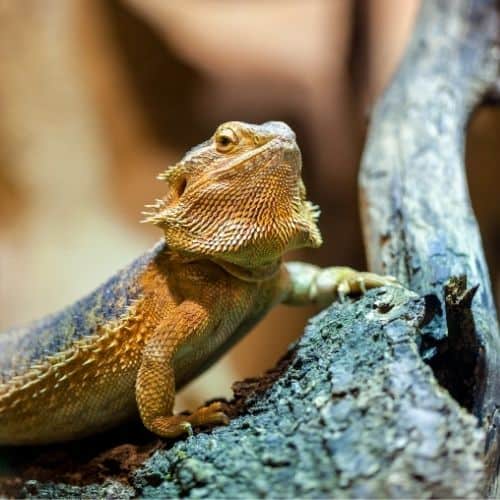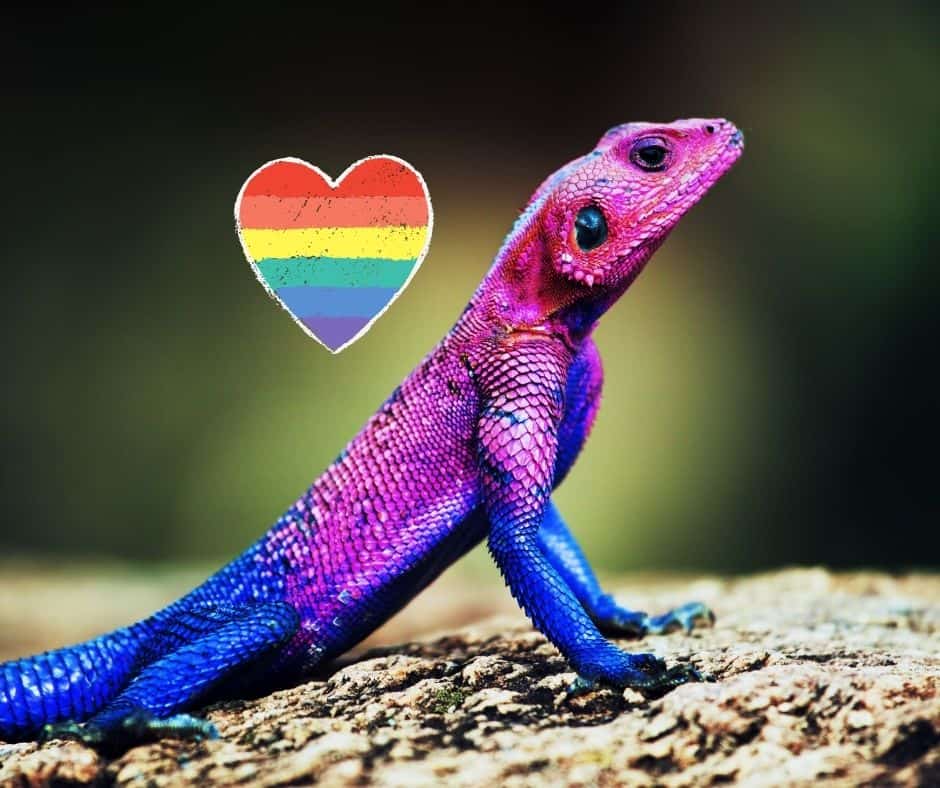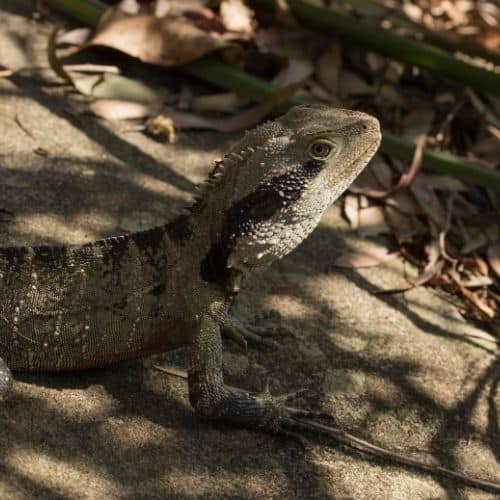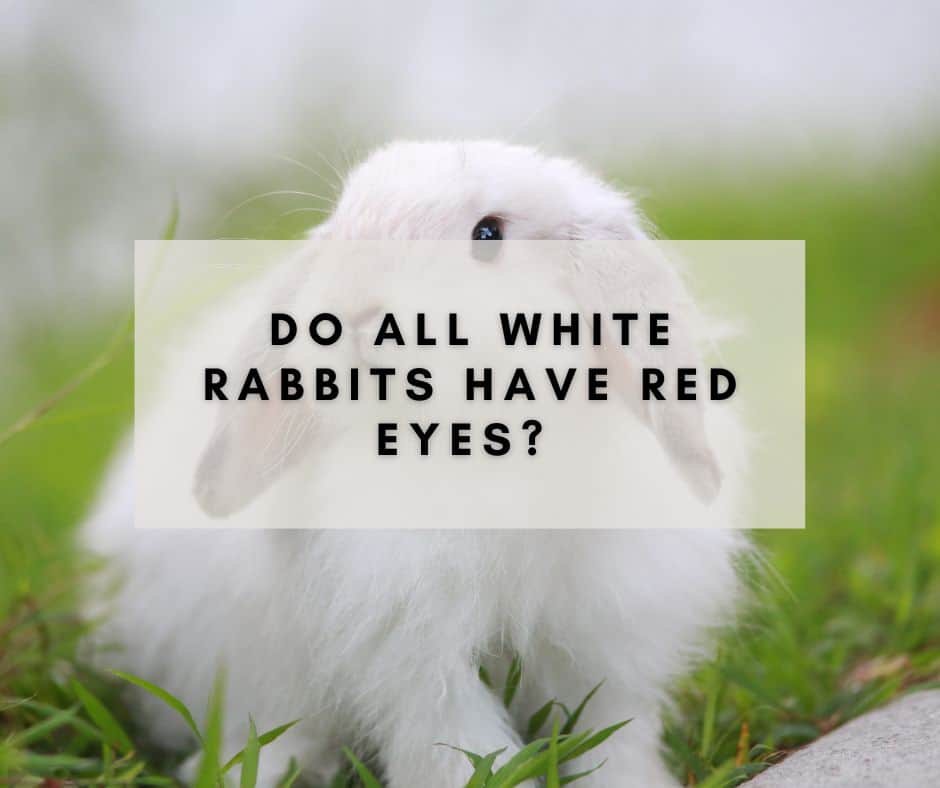Learning what lizards change colors is very important if you want to learn more about these creatures and how they get to stay safe and protect themselves against dangers. The interesting thing about color changing is that every lizard tends to have different motives. For example, most lizards that change color might do it for social displays, to impress others in their species.
At the same time, there are also situations when these colors are changing because they are communicating with one another. Some also change color for their own protection, so they can stay safe from attackers. There are many reasons, and it all comes down to the lizard and where it lives, as well as the challenges that they encounter.
Contents
Top 5 lizards that change colors
There are quite a few lizards that change colors, some might even surprise you. As I did this research, I was really amazed that for example Geckos also can change colors! Lizards are both pretty but also extremely fascinating. In the list below, we will discuss my top 5 lizards that in some way, changes colors.
Bearded dragons
One of the lizards that are known to change colors would be the bearded dragon. Females in particular are changing their color for a bit to show if they reject males or if they are accepting the courtship. Male bearded dragons are changing their color mostly for territorial displays. Although a lot of scientists have studied them, it’s still unclear what every color means. Dark colors are said to be a symbol of submission. But they can also be a symbol of dominance. As a result, each color is bringing different means, based on the context.

Lake Eyre Dragon
This is a species of lizard that’s specific to South Australia. They can be found at the edges of South Australia Salt Lakes. As a result, they are known for surviving in very harsh habitats, and they are also dealing with very challenging and demanding temperatures and a lack of free water. They are known to change their movement, posture, and color in reply to the weather. This allows them to retain a great body temperature, while also reducing the amount of water loss.
When you study what lizards change colors, you will see that the Lake Eyre dragon has a very specific reason behind the color change. In this case, the lizard is forced to the beach surface due to flooding. They are changing the color to deep gray with some brown and black spots. Once they change color, they are also bringing more muscle coordination. The body is also inflating. So yes, in this situation the color change comes as a way to adapt to the environment and boosting overall safety.
Gecko
The gecko is known for the fact that it can change colors from time to time. Unlike other lizards, he is one of the species that can actually shift colors very fast. In fact, a gecko can change its color in less than 2 seconds. Some even do it in milliseconds. And yes, these are major color changes, from black to blue or red. That unique capability is extraordinary and it really shows the unique value and amazing features that this lizard has and how it uses them in different situations.

Why does a gecko use color-changing? When you study what lizards change colors, you will notice that a gecko does that just to blend in different situations. It’s more about staying safe and not standing out. It focuses on avoiding predators. However, color-changing can also be used to catch prey. Just like many other reptiles, the change in color is used either to convey emotions or to communicate with others. It’s important to note that the color change appears when the cells that have different color pigments either contract or expand. Geckos have the ability to use a vast color spectrum, which makes them incredible.
Anoles
Anoles, also known as chameleons are known for the fact that they change color in a variety of situations. They can even have more than a single color at once. That’s why some chameleons are visually impressive and they have become the pivotal point when it comes to recognizing lizards that change their color. There are many anole species that can change their colors, like the Carolina anole, green anole, brown anole, and many others. Not all anoles are able to fully change their color and use multiple colors, but they can shift to contrasting colors in no time.

Why do anoles change their color? In some cases, this can be a way to show dominance and power. In other cases, they use color-change to communicate any sign of danger with the other members of their species. Moreover, some anoles change color for thermoregulation. They want to maintain a certain color to avoid any possible damage that might arise from direct sunlight.
Of course, anoles also use color changes to stay safe from eventual predators. When they are stress or while fighting some anoles will also change their color. In some cases, there can be a lack of pigment genes and that can lead to color exceptions.
Iguanas
Iguanas also change their color, although not as aggressively as chameleons. But why are they changing their color then? It all depends on a variety of factors. One of them is obviously their mood, if they are happy they will have brighter colors. If they are stressed out or angry, especially during fights, you will notice that they have darker coloring.

Aside from that, their health can also influence coloring quite a bit. An unhealthy iguana will usually have darker colors and not change them at all. Some of the other factors here include the time of the year or the environment. On top of that, iguanas can get darker with age. On the other hand, the yellow-green, blue and red iguana morphs can have brighter colors as they age.
Conclusion
Understanding what lizards change color is very important if you want to know how some lizards and animals, in general, react to the environment. The truth is that many lizards will start changing their color due to emotions, health, and a variety of other factors. Every lizard has its own reasons why they change color, but many of them do it to blend with the environment and stay safe from any attackers. It’s great to see that some animals actually have this skillset, and it’s extraordinary to see it in action!





